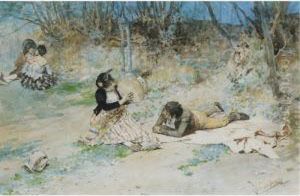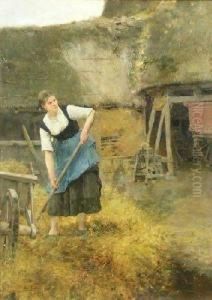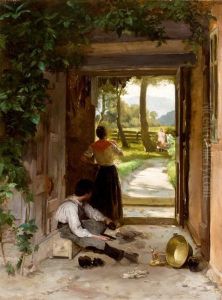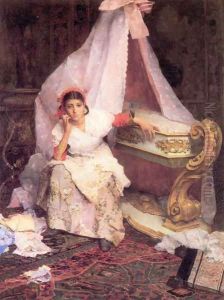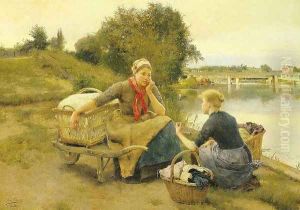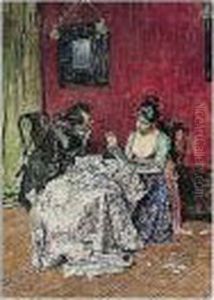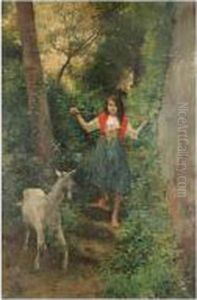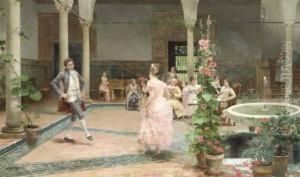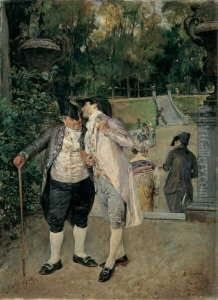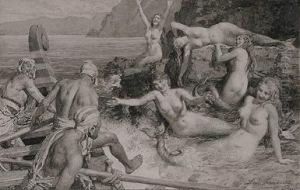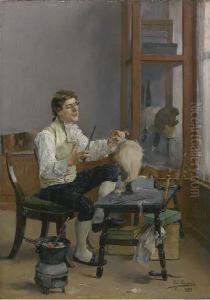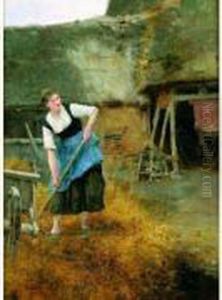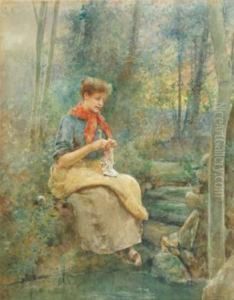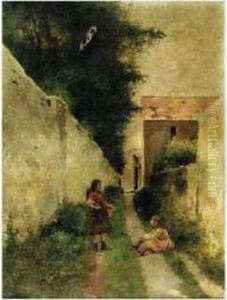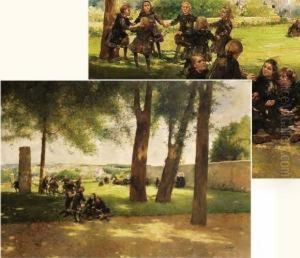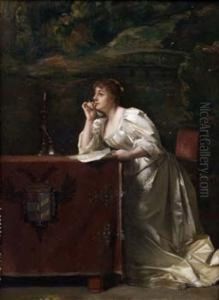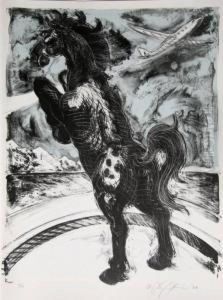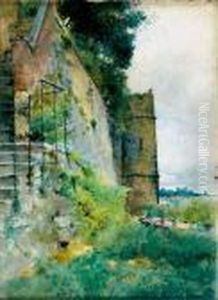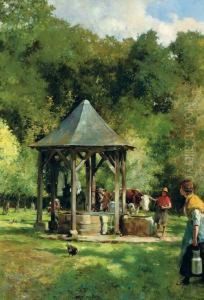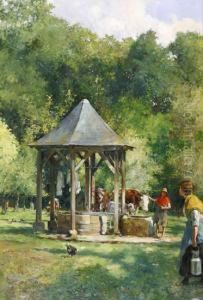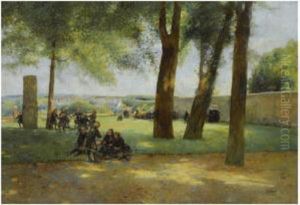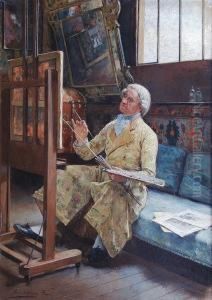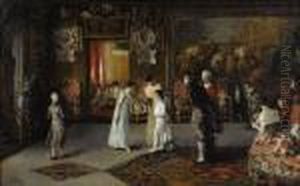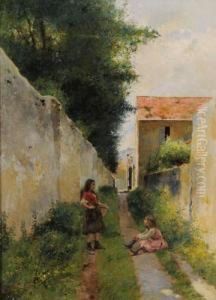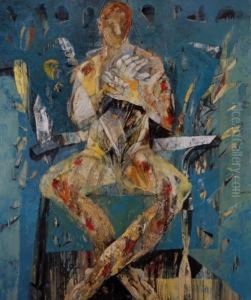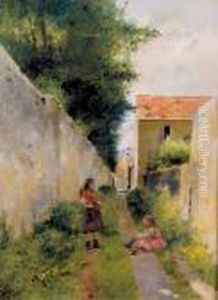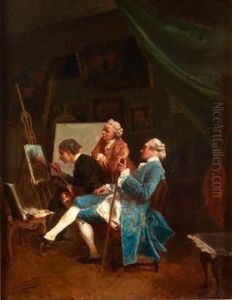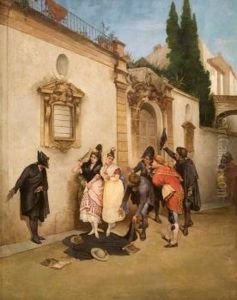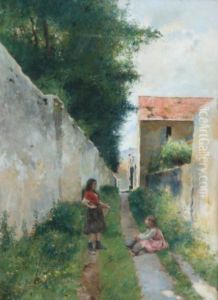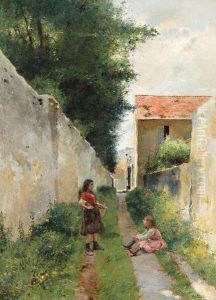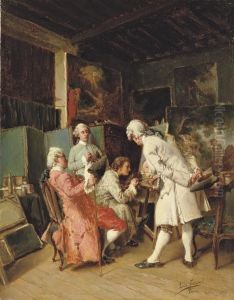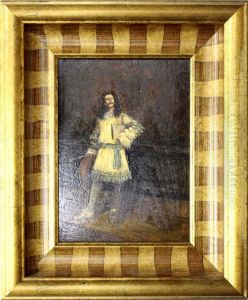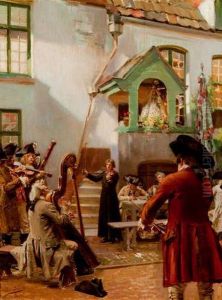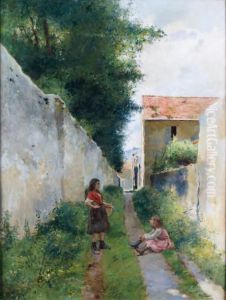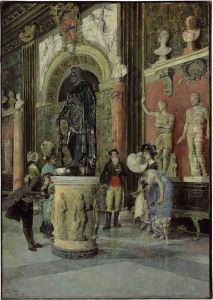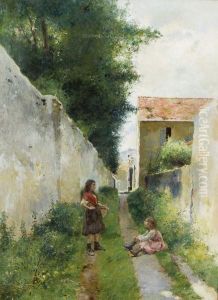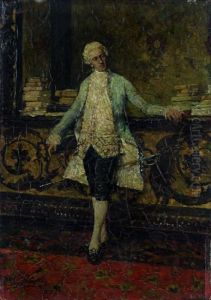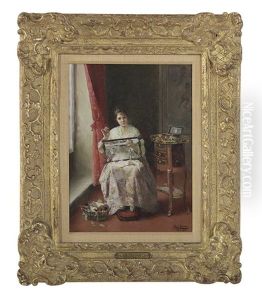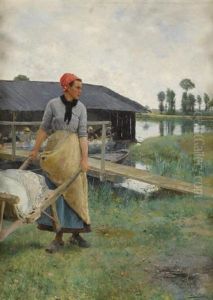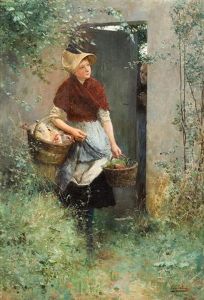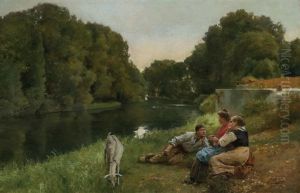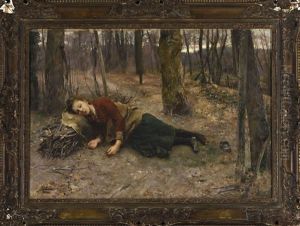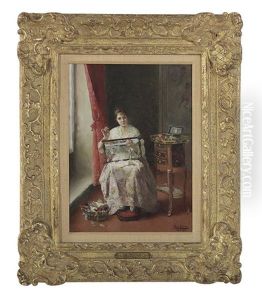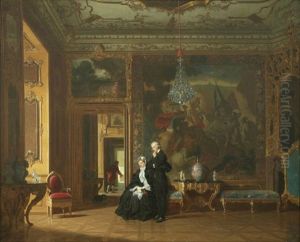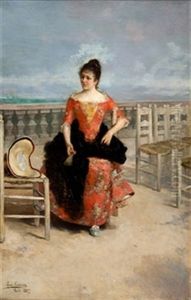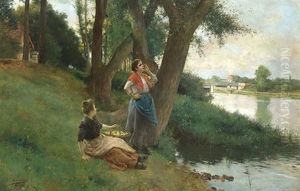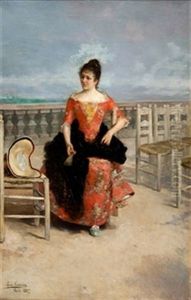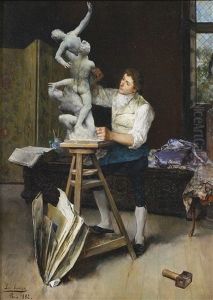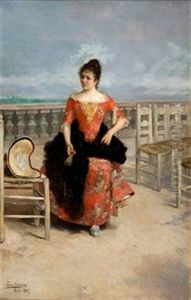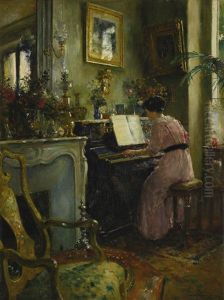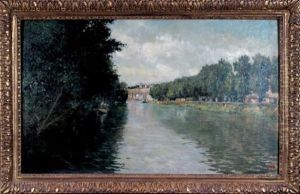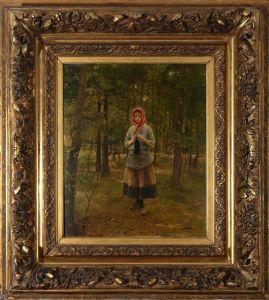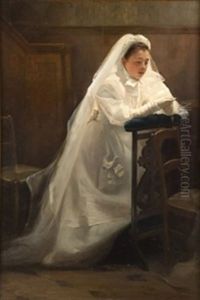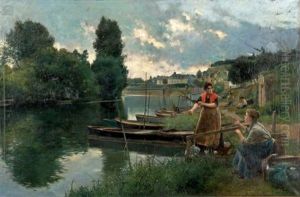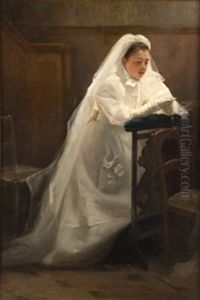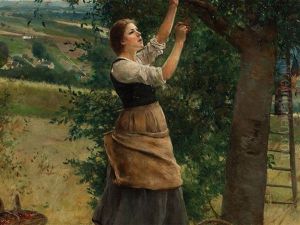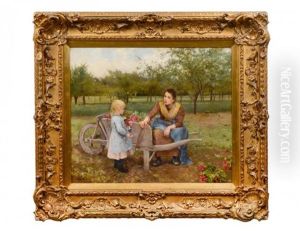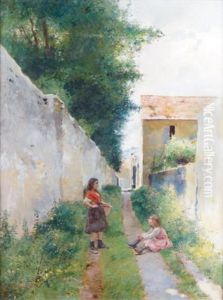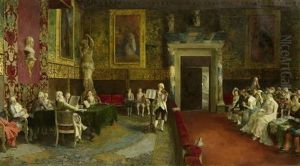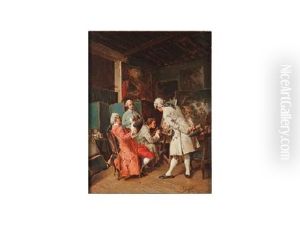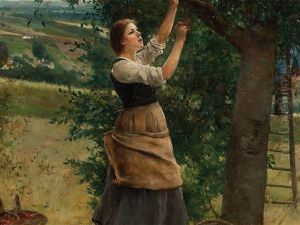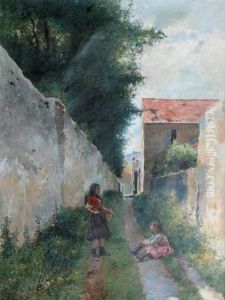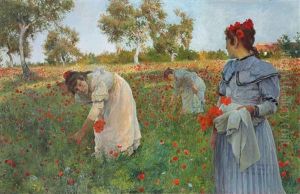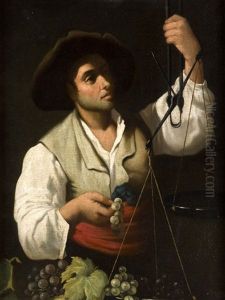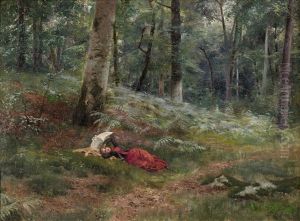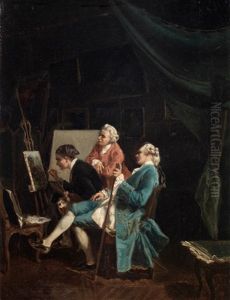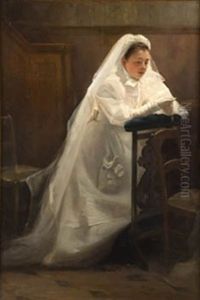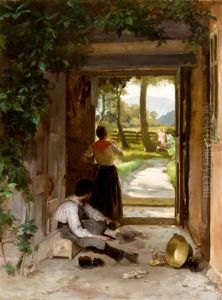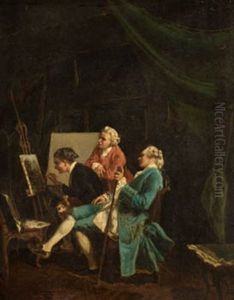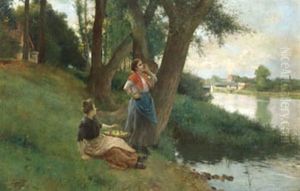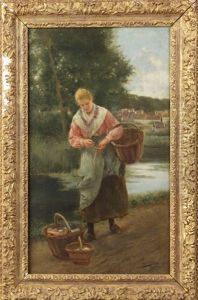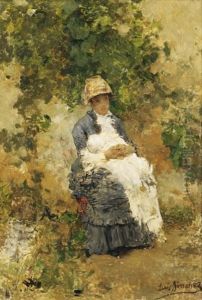Luis Jimenez Y Aranda Paintings
Luis Jiménez y Aranda was a Spanish painter known for his genre scenes, historical subjects, and his precise and detailed style. He was born on February 15, 1845, in Seville, Spain, and was part of a family of artists; both his brothers, José and Manuel, were also painters. Jiménez y Aranda began his formal art education at the Seville School of Fine Arts, where he was influenced by the works of Spanish Old Masters like Diego Velázquez and Bartolomé Esteban Murillo.
Jiménez y Aranda's early work was marked by religious themes, but as his career progressed, he became more interested in scenes of contemporary life and historical subjects. He moved to Rome in 1867, which was a turning point in his career, as he came into contact with the work of other European artists and was exposed to different styles and techniques. This experience significantly influenced his artistic development and his later work.
After his time in Rome, Jiménez y Aranda lived in Paris from 1871 to 1874, where he was particularly impressed by the French Realist movement. He incorporated this style into his painting, striving for a heightened sense of realism and attention to detail. His work from this period often featured scenes of everyday life, with a focus on the human element and social commentary.
In 1875, Jiménez y Aranda returned to Spain and settled in Puebla del Rio, near Seville. His return marked another evolution in his style, as he began to incorporate elements of Spanish costumbrismo, which depicted traditional customs and manners of Spain. He received numerous commissions for his work, and his paintings were exhibited in major art exhibitions in Spain and abroad, earning him recognition and awards.
Throughout his career, Jiménez y Aranda remained dedicated to his craft, and his work is characterized by meticulous research and a dedication to realism. He meticulously staged the scenes he painted, often using models dressed in period costumes to ensure historical accuracy.
Luis Jiménez y Aranda's legacy lives on through his paintings, which are held in various museums and private collections around the world. He died on June 27, 1928, in Puebla del Rio. His work continues to be studied and admired for its contribution to the genre of historical and genre painting in the 19th century.
